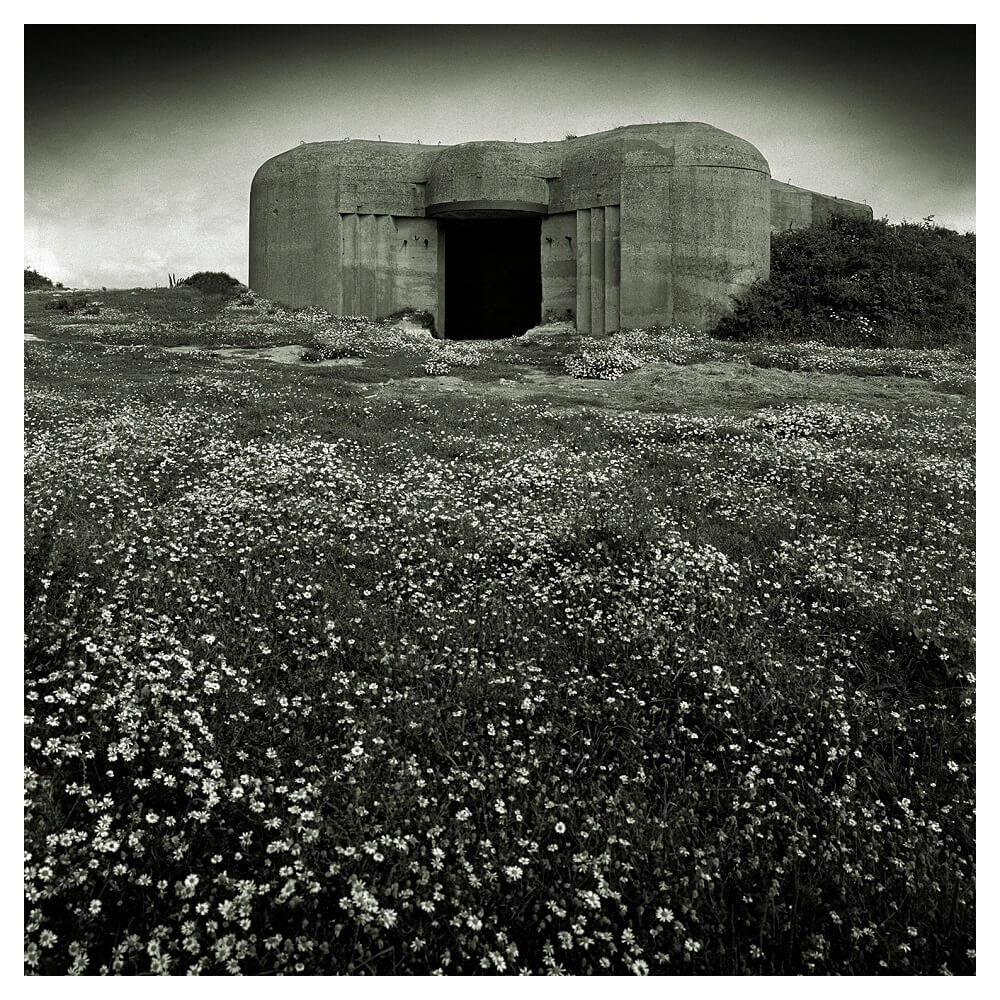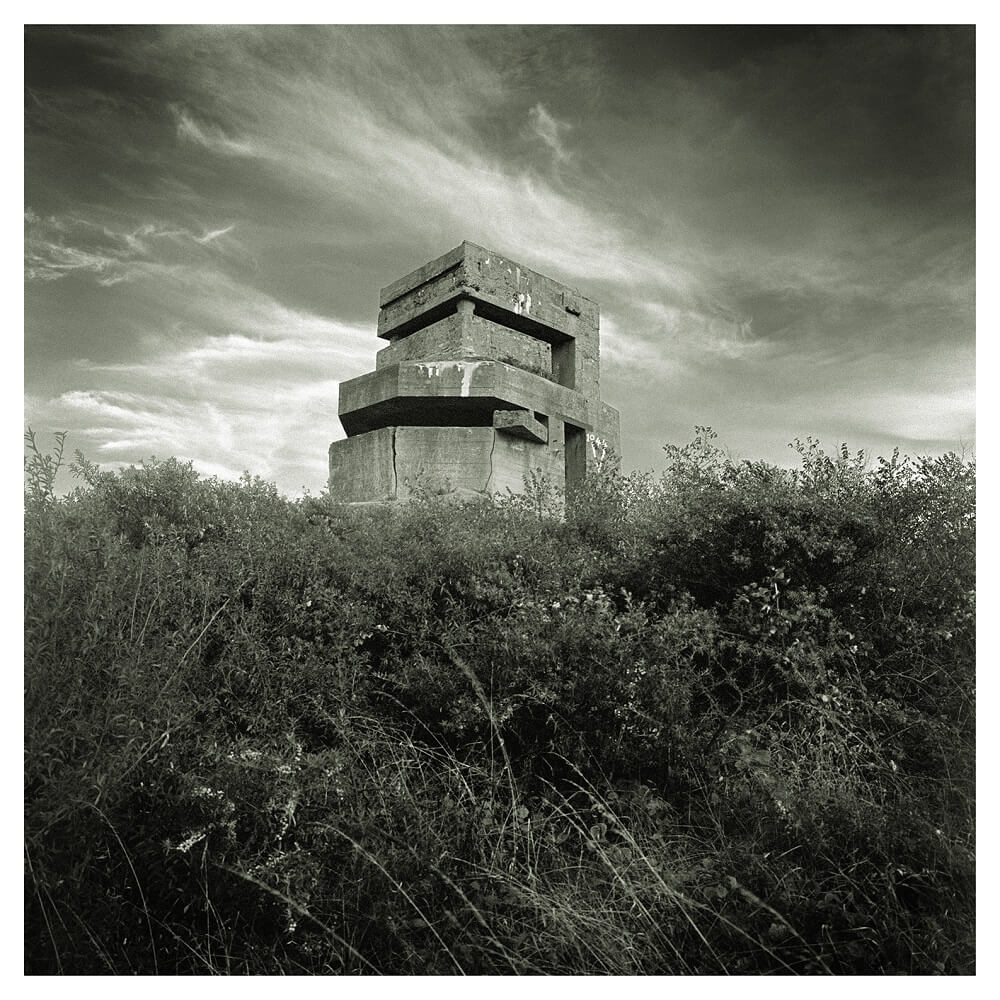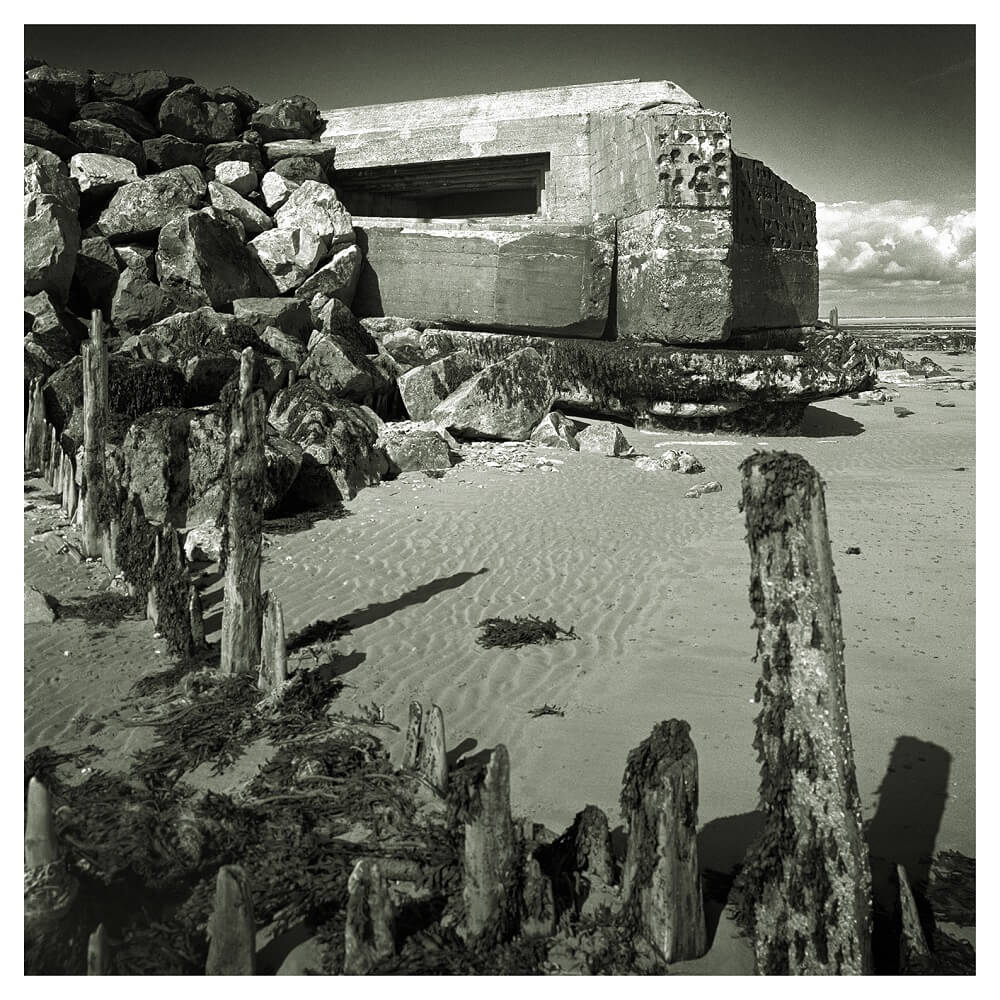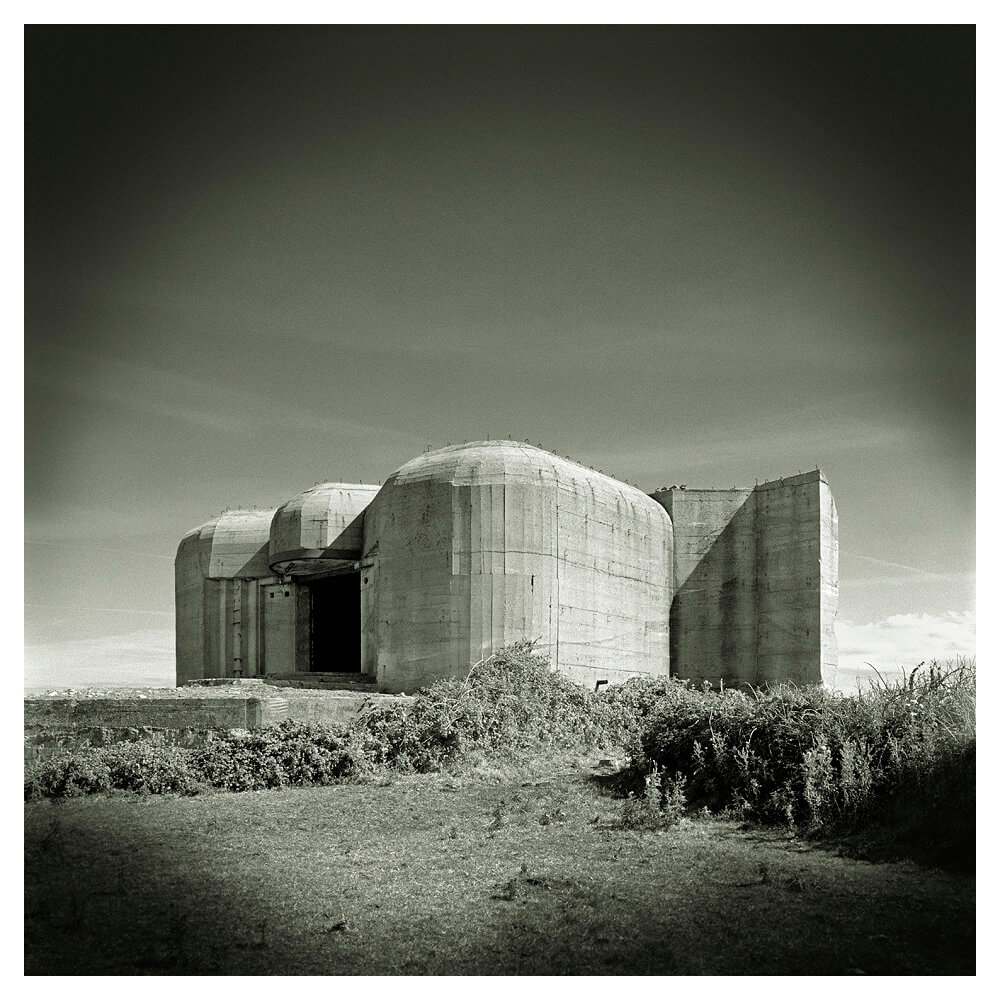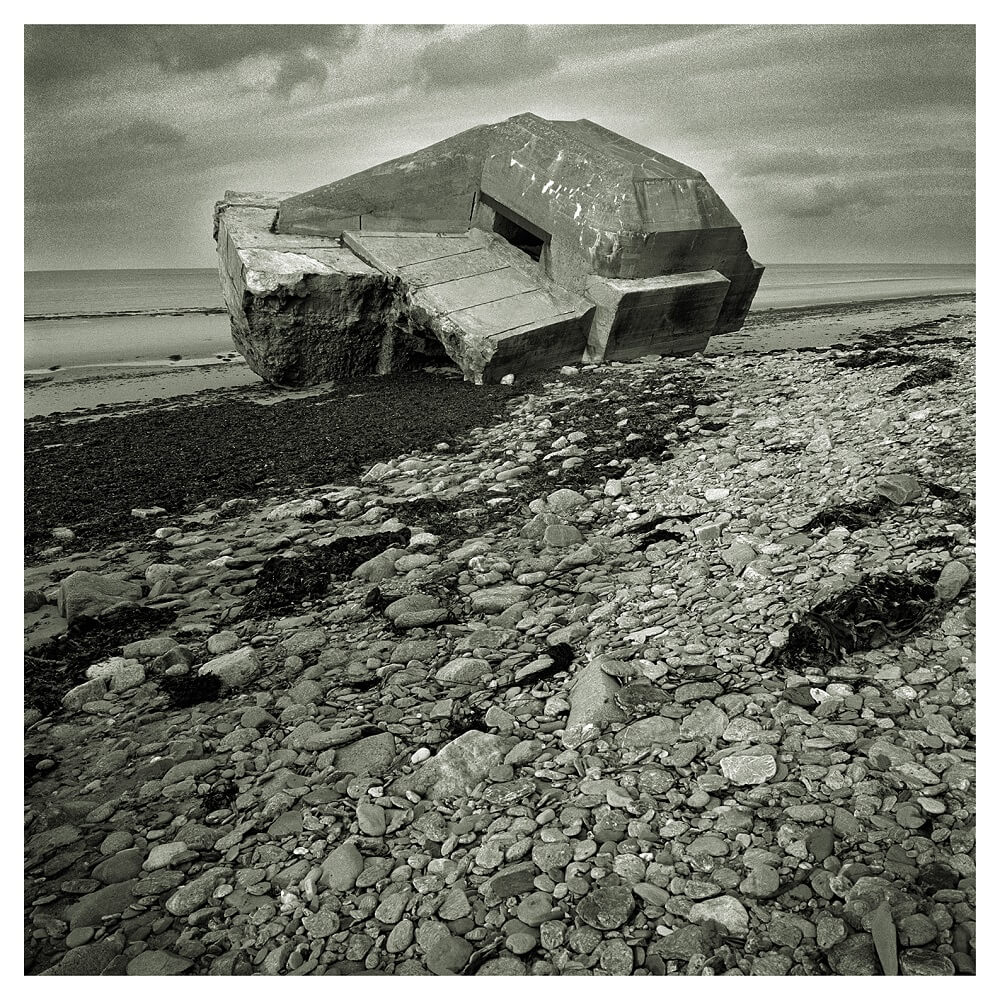Marcelo Isarrualde
Montevideo, 1961
After graduating as an architect, he moved to New York to complete his academic training at Columbia University, supported by the prestigious Fulbright Advanced Research Award. His professional career as a photographer began with reporting for the press. During this period he was chosen to represent his country in the “Taller de Fotografía Periodística de La Plata” (Argentina), taught by Sebastiao Salgado, Susan Meiselas, Fred Ritchin, Abbas and Robert Pledge; he obtained the “Seven Young Latinamerican Artist Exchange” grant from the American Cultural Exchange Institute and numerous photography awards. Subsequently, he researches and
works in architecture, fashion and portrait photography. From 2000 to 2007 he worked as Director of Photography in the Photography Department of the Edipresse/Hymsa publishing group in Barcelona. He currently works for editorial groups and advertising agencies in the field of portraiture and reportage. In 1990 he became an assistant instructor at the laboratories of the International Center of Photography in New York and since 1991 he has lived and worked in Barcelona where, in addition to his professional work, he teaches at GrisArt-Escola Superior de Fotografía and at the Centre de la Imatge i la Tecnologia Multimèdia (CITM) of the Universitat Politècnica de Catalunya. He also frequently gives workshops in other cities in Spain and Uruguay. As an author, his work has been shown at numerous international events, including the Encuentros de Fotografía Latinoamericanos held in Havana (1984), Caracas (1993), FotoFest in Houston, Texas (1994) and Fotogramas 2007 and 2011, in Montevideo, Uruguay. His work has been exhibited in Montevideo, Buenos Aires, San Pablo, Medellín, Caracas, Havana, New York, Madrid and Barcelona. His works are also part of institutional and private collections in Uruguay, the United States and Spain, and are published in specialised publications. Since September 2011 he has started a blog on lighting techniques, which in a year and a half has had more than 14,000 downloads of its contents. He has received numerous awards and recognitions in Uruguay, Spain, Cuba, Venezuela and the United States.
The series Bunkers, the Architecture of Violence, 2003-4, is a project based on research into the change of meaning of matter when the purpose of its existence disappears. The German bunkers of the Second World War may have been the last material walls in the history of Europe, a late monument to its clearest identity: war. They are remnants of an architecture that has lost its function and context, enigmatic shields of nothingness that recall Giorgio De Chirico when he says that “it is the very nature and senseless beauty of matter that is metaphysical to me”.
These “little temples without worship”, as Paul Virilio would call them, acquire their beauty from their senselessness. They are war machines stranded forever in the bucolic French countryside, waiting for the sea to give them back their meaning, excessive gestures, tons of concrete for an ephemeral architecture, powerful stages for the interpretation of a single day. Perhaps only photography is capable of bringing these architectural corpses back to life.



